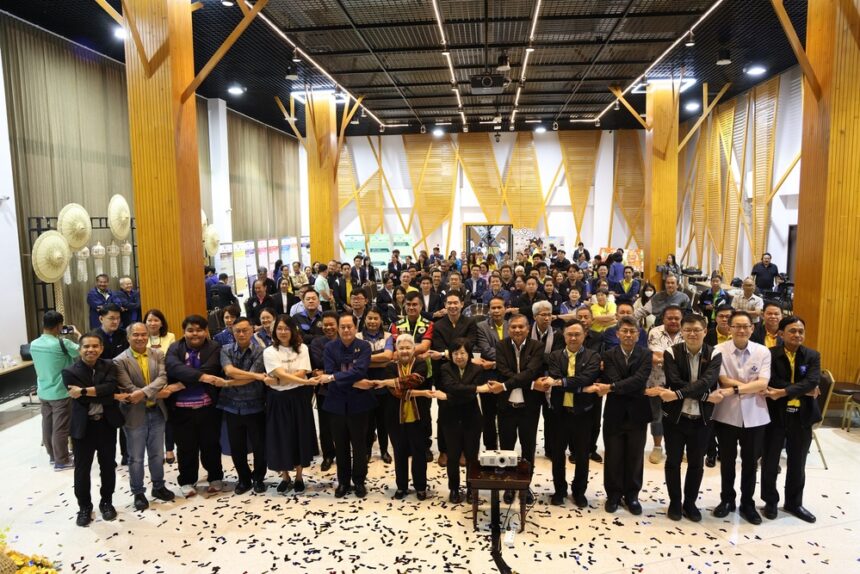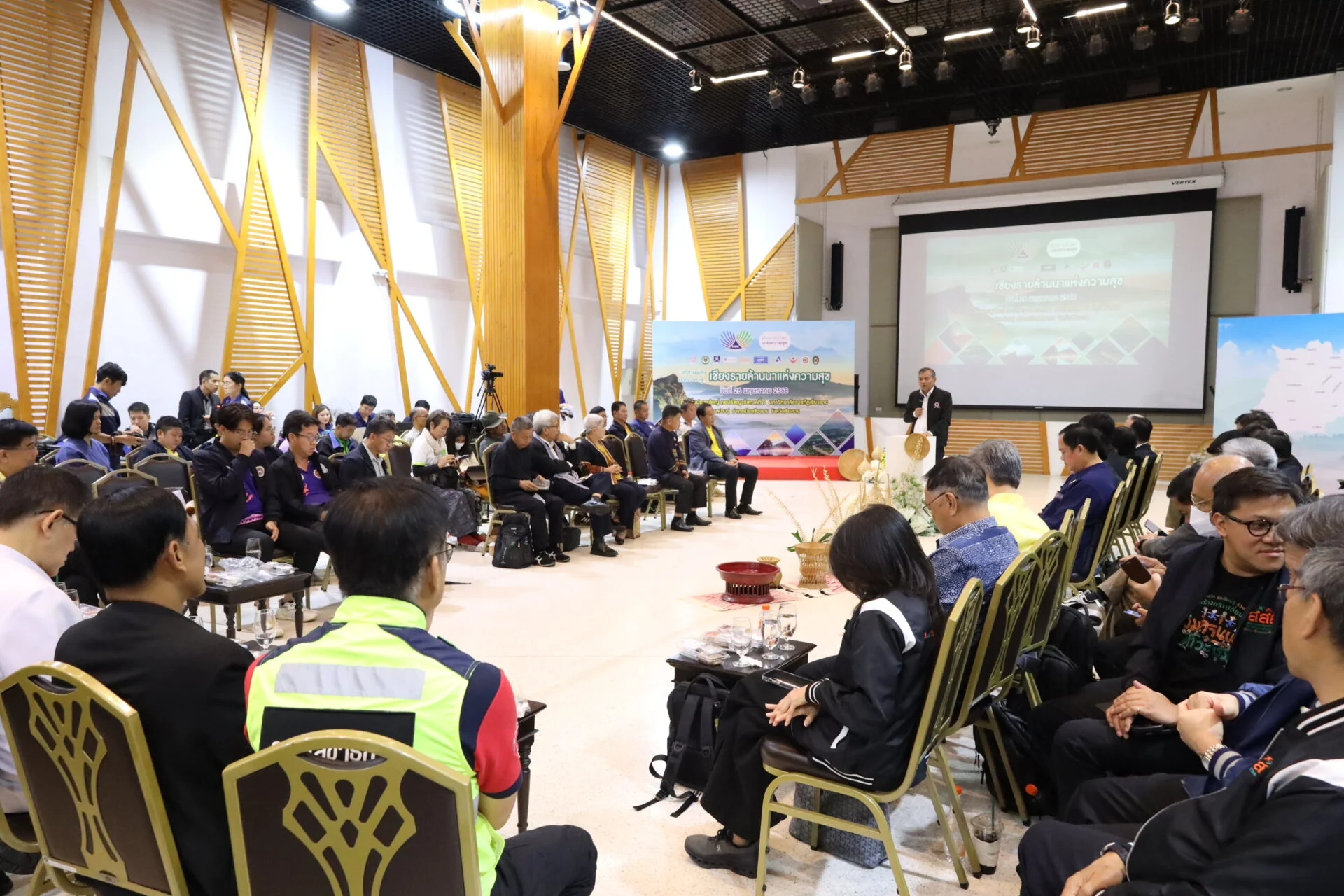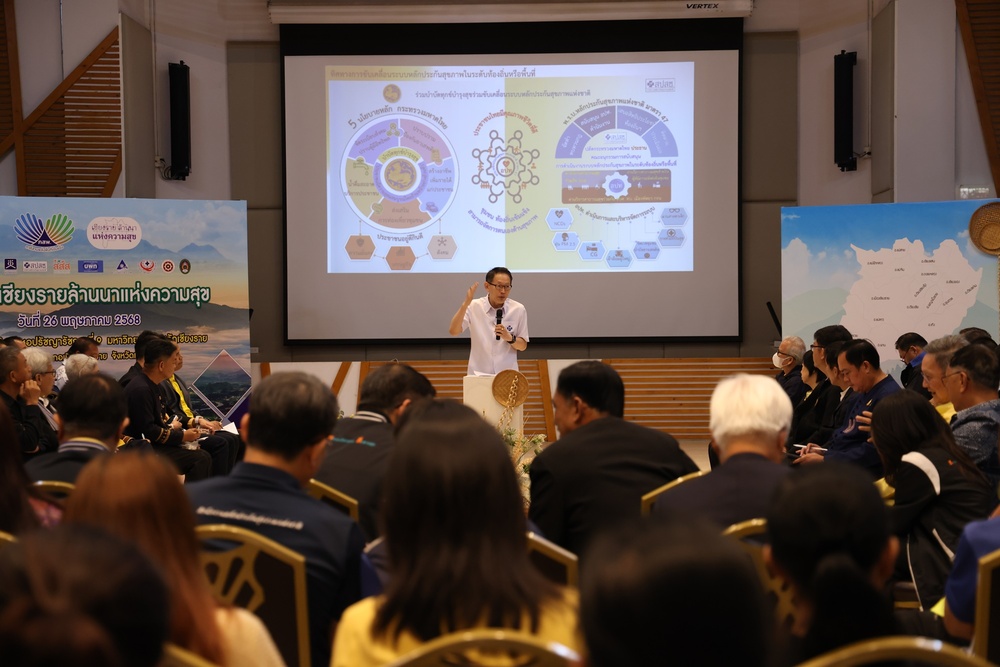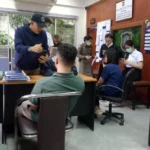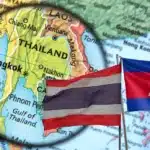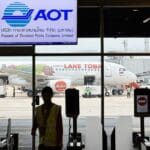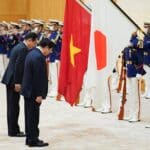CHIANG RAI – The National Health Security Office (NHSO) has teamed up with nine key organizations under the “Area Strengthening Alliance” (ASA) to host a forum called “Chiang Rai Lanna of Happiness.” This event took place on 26 May 2025 at Chiang Rai Rajabhat University.
Chiang Rai is among the five pilot areas chosen for 2025 to test the ASA approach. The nine groups involved include NIDA, the Health Systems Research Institute, the Thai Health Promotion Foundation, the Area Development Fund Management Unit, the Community Organizations Development Institute, the Healthcare Accreditation Institute, the National Institute for Emergency Medicine, the National Health Commission Office, and the NHSO.
Dr Jadej Thammatacharee, Secretary-General of the NHSO, explained the goal of this collaboration. The focus is on empowering local areas to manage their issues. Local communities identify their problems and find ways to solve them. Government agencies step in to support with funding, research, and new ideas. This way, locals take the lead, while agencies back them up.
Dr Jadej noted that the NHSO has long tried to encourage this kind of teamwork. In the past, government agencies often worked separately, each sending its funding to communities. This sometimes led to scattered efforts, with money spent on overlapping or unclear issues. Not enough was achieved because priorities were not shared.
He shared an example from Chiang Rai, where the province identified nine major issues. These aren’t just about healthcare but also cover quality of life and the environment. When a local problem fits with a government scheme, agencies can support it directly.
For instance, with elderly care, the NHSO uses the Local Health Security Fund (LHSF). In one Chiang Rai district, the LHSF was used to address child drownings. Local leaders knew the problem well and found a practical solution. Since then, there have been no more cases in that area. State support can go further when it meets real needs.
Dr Jadej said this way of working means communities can fix issues at the root. Government funding is used more effectively. The first stage covers five provinces: Chiang Rai, Nakhon Sawan, Trat, Khon Kaen, and Phatthalung. Seven more provinces will join in the next stage. By the 2026 budget, every health zone in the country will be included.
The NHSO’s role as part of ASA is to direct funding where it’s needed, in partnership with local governments. This uses the LHSF and long-term care funds for people who need ongoing help. If a community finds a problem that needs extra support, the NHSO can adjust funding methods. Some local governments run many projects and need more funds each year.
Soon, funding will be based on the number of projects, not just population. This should help local governments worry less about budgets and focus on solving problems. The NHSO is also asking for more money to train carers for the elderly. A request has been sent to the Cabinet.
Dr Jadej pointed out that, together, NHSO’s support for local communities now totals more than 10 billion baht. In the past, there wasn’t a good system for applying for funds. Some money went unused, which then led to smaller budgets the next year. Stronger local leadership means more issues get solved, and the money available can make a real difference.
At the forum, a joint pledge was made to build “Chiang Rai Lanna of Happiness.” The aim is to improve quality of life for locals through four main goals: 1) Create fairer health services, 2) Set up shared spaces owned by everyone, built on data and real experience, 3) Develop public policies for better health, and 4) Set a clear path for Chiang Rai’s growth using the Chiang Rai Lanna of Happiness Charter.
This charter lays out nine key areas: 1) Natural resources, environment, disaster management, and sustainable farming, 2) Economy, trade, investment, industry, and tourism, 3) Education and arts, 4) Livable, happy cities, 5) Ethnic groups and indigenous communities, 6) Children, youth, and new generations, 7) Health, wellbeing of the elderly and people with disabilities, 8) Community development and civil society networks, and 9) Social research.




